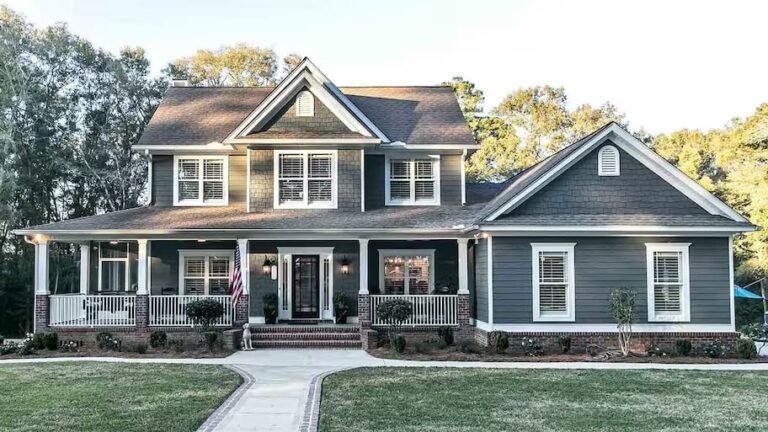For homeowners looking to add space without sacrificing comfort or style, an ADU (Accessory Dwelling Unit) can be a smart solution. But just because these structures are compact doesn’t mean they need to feel cramped or basic. With the right design strategy, an ADU can offer the same sense of openness, functionality, and visual appeal as a full-sized home.
In this article, builders of in-laws apartments in MA share insights on how thoughtful layouts, smart material choices, and custom finishes can transform even the smallest footprint into something that feels expansive, not restrictive.
Prioritize an Open Floor Plan
One of the simplest ways to make a small space feel larger is by eliminating unnecessary walls. An open floor plan connects the kitchen, living, and dining areas into one cohesive space, allowing for better light flow and sightlines. Instead of boxing off rooms, consider using partial walls, shelving, or furniture placement to define different areas without closing them off. Vaulted ceilings or even just raising the ceiling height slightly can dramatically change the spatial experience, making the ADU feel airy rather than confined. The goal is to create a sense of movement and flexibility within a limited footprint.
Use Natural Light to Your Advantage
A well-lit space always feels more generous, and that’s especially true in an ADU. Large windows, sliding glass doors, and even skylights can flood the interior with daylight and visually extend the space outward. If privacy is a concern, use frosted or textured glass to maintain brightness without compromising comfort. Window placement should be intentional, allowing for cross-ventilation, scenic views, or framing architectural features. To enhance the effect, light-colored walls and reflective surfaces like polished floors or mirrored backsplashes can help bounce light around and amplify the room’s openness.
Invest in Smart, Multi-Functional Furniture
Furniture can either crowd an ADU or work hard to make it more livable. Custom built-ins, like benches with hidden storage, wall beds, or fold-out desks, allow residents to adapt the space for different uses without sacrificing style. Even everyday furniture choices, like nesting tables, slim-profile sofas, or counter-height islands with seating, can add function without overwhelming the floor plan. Choosing furniture that’s appropriately scaled to the room and strategically placed makes a major difference in how open or cluttered the space feels.
Elevate the Finishes
One of the key mistakes people make with small homes is skimping on the details. High-end finishes, even in small doses, can add a sense of polish and sophistication that makes the space feel complete. Consider using upscale tile in the bathroom, quartz or stone countertops in the kitchen, and quality fixtures throughout. Custom cabinetry, designer lighting, and thoughtful material pairings help eliminate the “tiny house” feel and instead make the ADU feel like a true extension of the main home. These finishes also add long-term value and appeal, especially if the unit is used for guests or renters.
Blend Indoor and Outdoor Living
Outdoor access adds another layer of livable space to any ADU. A well-designed patio, covered porch, or private garden can serve as an extension of the living area, giving occupants room to relax, entertain, or dine al fresco. Glass doors or accordion-style walls can connect the inside and outside seamlessly, helping to reduce the sense of enclosure. Even a modest deck or walkway can visually expand the footprint and add a lifestyle element that feels elevated rather than utilitarian. When the transition from indoors to outdoors is smooth, the whole ADU takes on a more expansive and dynamic feel.
